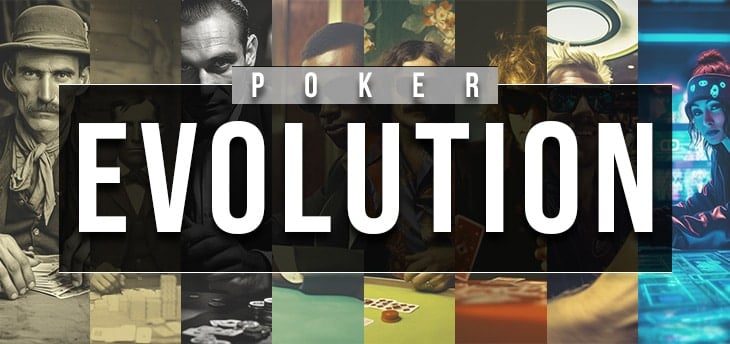The History of Las Vegas
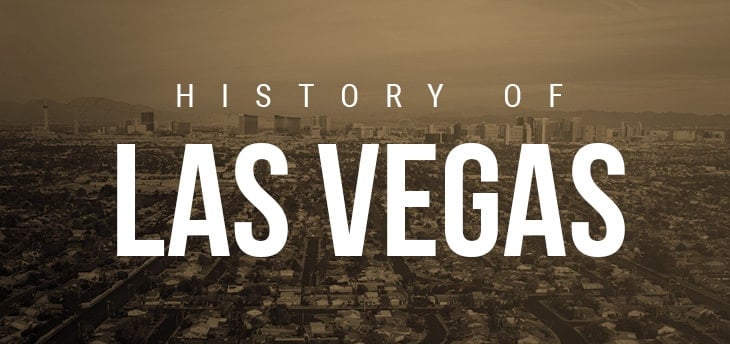
When you think of gambling, few places come to mind as quickly as Las Vegas. The world-famous “Sin City” draws in countless visitors from all over the world, thanks to its wide array of luxury hotels, extravagant casinos, and more.
The history of Las Vegas is truly something special. Founded in the 20th century, it grew from a tiny frontier town to a massive metropolis in less than a hundred years. Today, we’ll take a deep dive into the history of Las Vegas, from its beginnings as a railroad town to its present-day splendor.
The Early 1800s: Vegas Gets its Name
Before “Las Vegas” became synonymous with casinos and lights, it meant something else. Spanish merchants passed through present-day Nevada on their way to Los Angeles. It was a perfect place to rest and restock, so they named it “Las Vegas,” meaning “the meadows” or “fertile plains.”
At that time, Vegas wasn’t even part of the United States. It was annexed in 1835 after a war with Mexico, but it took a few more years for American settlers to arrive. These settlers were Mormon missionaries aiming to convert the Native Americans who lived in the area. However, environmental factors and water shortage made them give up.
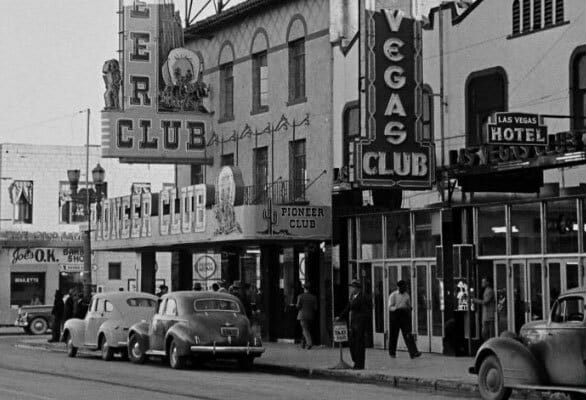
1864: The US Army Arrives
The next big development happened in 1864 when the US Army went to Vegas to protect settlers from the Confederates. With the army providing protection, the area was safe enough for more settlers to begin moving in.
One settler was Octavius Gass, a businessman who became one of early Vegas’ most successful entrepreneurs. One of his many contributions to the area included the Los Angeles & Salt Lake Railroad, which connected Vegas to the rest of the country. It quickly became the cornerstone of the town, improving business significantly.
1905 – 1930: Vegas Takes Root
Surprisingly, Vegas outlawed gambling in 1911 to match other states. This ban wasn’t entirely successful; it led to the creation of numerous illegal casinos and speakeasies, bars where alcohol was sold illegally. The legal economy, however, was sustained by another project: The Hoover Dam.
The Hoover Dam began construction in 1931, becoming one of the largest projects in US history. Built near Lake Mead, it drew in tourists and workers from all over the country. Vegas’ population increased fivefold, from 5,000 in 1931 to 25,000 when the dam was completed in 1936.
The influx of workers led to the creation of another city named Boulder City, after Hoover Dam’s initial name. Boulder City had strict regulations regarding alcohol and gambling, but its proximity to Vegas meant workers would often travel there to partake in vices.
This rapid growth brought other problems, however. The seeds of organized crime had already been planted during the gambling ban, with Mafia members beginning to set up shop in the rapidly-growing city. Creating casinos and other establishments as fronts for illegal activity, the Mafia became a massive part of Las Vegas.
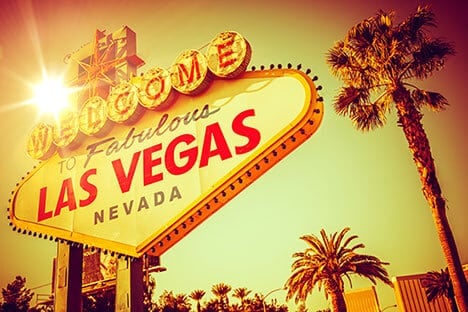
1931: Vegas Legalizes Gambling
With all the illegal bars and Mafia establishments, alcohol flowed freely in Vegas even during the prohibition. This added to Vegas’ growing reputation as a place of vice, and in 1931, the state of Nevada decided to legalize gambling. This was a massive development that kickstarted Vegas’ growth into the giant it is today.
While now legal, gambling was strictly regulated. Casinos had to have special state permits, meaning there was only a handful operating legally. Most of them were on Fremont Street, later known as “Glitter Gulch” because of its signature bright lights.
The lights were powered by the Hoover Dam, and back then, they were a rarity. Vegas was one of the few cities lit up at night, adding to its appeal.
After the legalization of gambling, Vegas began to cement itself as America’s entertainment capital. Stars like Frank Sinatra and Sammy Davis Junior were a frequent sight at Vegas showrooms, becoming known as the “Rat Pack” and making Vegas even more famous.
1941: The Birth of the Strip
The Las Vegas Strip is one of the most iconic parts of the city. Recognized by the government as an All-American Road, the strip is known for its immense density of hotels, casinos, restaurants, and other grand establishments. It’s one of the biggest contributors to Vegas’ economy and one of the most popular tourist destinations in America.
One thing you may not know about the strip is that it’s not actually in Las Vegas. It’s located in the towns of Paradise and Winchester, just south of the Vegas city limits. Jewish mobster Bugsy Siegel took advantage of this, building the Flamingo Hotel on the strip to escape city officials.
Other mobsters soon followed Siegel’s example. Many famous establishments like the Sahara, the Sands, and the Riviera were built by organized crime. The strip is still home to some of the most famous modern-day resorts like the Bellagio and the Venetian.
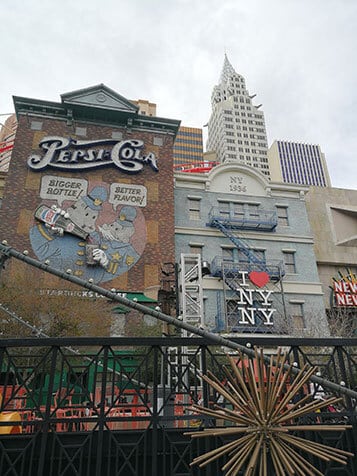
1989: The Invention of the Mega-Resort
After the end of the Vietnam War and the Watergate scandal, the US experienced a recession. Vegas was particularly affected, with many casinos closing due to the drop in tourism.
However, in the late 80s, everything changed. There was a renaissance led by Steve Wynn, a longtime casino developer who created the Mirage as the world’s first mega-resort. Instead of simple casinos, resorts were built as massive, themed attractions with everything a visitor could ask for.
Some famous examples of hotels built during this era include the MGM Grand, the Bellagio, and Planet Hollywood. They managed to revitalize Vegas’ economy and transform it into the city we know today.
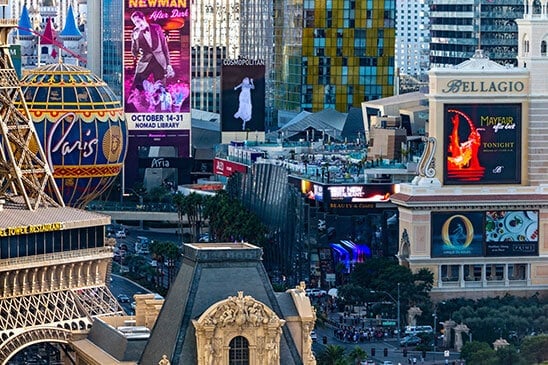
2000 – Modern Las Vegas
As Vegas stepped into the 21st century, construction didn’t slow down. Old casinos were demolished to make way for new resorts, and with this came the removal of organized crime.
Today, Vegas remains the entertainment capital of the world. New buildings like the Palazzo and The Cosmopolitan have continued the casino industry’s dominance, and the city continues to rake in tourists year after year. Even in 2008, when residents experienced recession and unemployment, Vegas still had about 40 million visitors.
Online poker reaches a new level at GGPoker, where innovation meets opportunity. Players of all skill levels can find their place—whether it’s through daily grinding in cash games, participating in major poker tournaments, or striving for a WSOP bracelet or WSOP Circuit ring. GGPoker features powerful tools like Smart HUD and PokerCraft, integrated staking options, and a learning hub at GGPoker School for those starting with free poker games. No matter your goals, this platform empowers you to improve your poker skills, test new strategies, and reach new heights.


